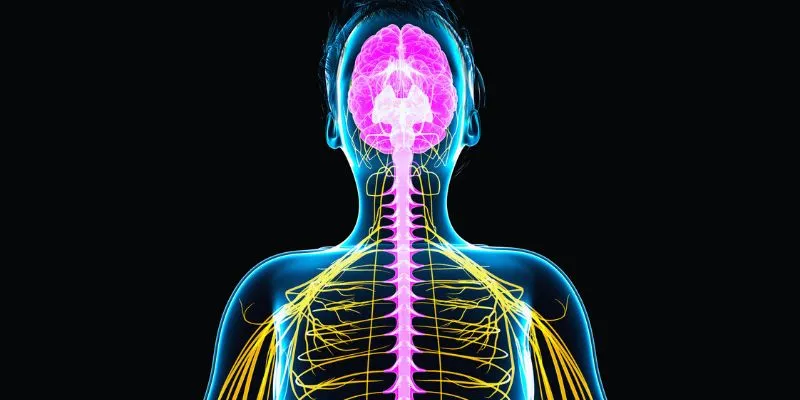Periodization Training: A Beginner’s Guide
Are you looking to increase endurance, build strength, or enhance athletic performance? Periodization training is what you need. This training approach structures your exercise cycles to help you reach optimal performance levels over time without overtraining.
With each phase of periodization training, you focus on different aspects of fitness, ensuring balanced development. In this beginner’s guide, we’ll explore how periodization training concepts and methods can assist newcomers in achieving their fitness goals. Whether you’re new to fitness or aiming to maximize your efforts, this article has you covered.

What is Periodization Training?
Periodization training is an organized fitness training method that divides workouts into specific cycles or phases. Each phase focuses on different aspects like strength, endurance, and recovery, allowing gradual adaptation and preventing overtraining and plateaus.
Originally developed for sports training, this concept is now popular among athletes and beneficial for anyone, regardless of fitness level. By periodizing your training, each muscle group or skill receives the necessary attention, ensuring well-rounded development over time.
Why Beginners Should Consider Periodization Training?
Periodization training is not exclusively for professional athletes; beginners can also benefit greatly from its structure and balance. If you’re new to working out, periodization provides a clear, progressive schedule. Many beginners make the mistake of repeating the same exercises daily without progression.
By gradually increasing intensity and including rest periods, periodization training helps beginners improve recovery. Its structured phases assist novices in avoiding common training mistakes, thus facilitating the safe and successful achievement of fitness goals.
The Three Main Phases of Periodization Training
Periodization training typically comprises three main phases: macrocycles, mesocycles, and microcycles. Each phase has a different purpose, duration, and set of goals designed to guide your fitness journey.
- Macrocycles: The longest cycle in periodization, lasting from six months to a year. The macrocycle outlines the overall fitness goal, such as muscle building or endurance enhancement, and contains smaller phases to guide development.
- Mesocycles: These cycles last from several weeks to a couple of months within each macrocycle. Each mesocycle targets a different aspect of fitness, like endurance or strength, allowing focus on short-term objectives that support the main goal.
- Microcycles: The shortest cycles, usually lasting a week. Each microcycle is a concentrated weekly plan with specific workouts and rest days, allowing for monitoring and necessary adjustments to current progress.
Types of Periodization Training
There are several ways to customize periodization training, each offering unique benefits:
- Linear Periodization: This involves a gradual increase in intensity over time, making it ideal for beginners due to its straightforward approach. Starting with lighter weights or lower effort, linear periodization allows steady progression, such as lifting more weight each week.
- Non-linear Periodization: Also known as undulating periodization, this varies intensity from one workout to another. Unlike gradual progression, you might use lighter weights with more repetitions one day and heavier weights with fewer repetitions the next, keeping muscles challenged and preventing plateaus.
- Block Periodization: This method divides training into specific “blocks,” each focusing on a particular aspect, like strength or power. Each block builds on the previous one for consistent progress. Although more complex, beginners can use modified blocks to practice fundamental skills.
How to Set Goals for Periodization Training
Well-defined goals are crucial for periodization training. Start by identifying your main fitness objectives, such as increasing strength, endurance, or muscle mass. These goals will guide your macrocycle. Break these objectives into smaller, manageable tasks for each mesocycle.
For instance, if your goal is to build muscle, set a reasonable target for weight gain over a few months. Each microcycle should focus on daily goals, like completing a specific number of repetitions or lifting a certain weight. Regularly review your progress and adjust your goals as needed.

How to Build a Periodization Plan as a Beginner
Creating a periodization plan might seem daunting for beginners. Start by outlining your macrocycle: choose a primary goal, such as building strength or endurance. Then, break this goal into mesocycles, each focusing on different fitness aspects.
Further divide these into microcycles, scheduling weekly workouts according to your current fitness level. Include rest days in your microcycle. As you progress, increase intensity over time, adjusting the plan to stay on track.
Benefits of Periodization Training for Fitness Goals
Periodization training offers numerous benefits for beginners, from structured growth to reduced injury risks. Breaking your training into cycles helps you set and achieve specific objectives. Periodization also prevents overtraining through rest periods.
This is especially important for beginners who may not be accustomed to high- intensity workouts. Each cycle builds on the last, ensuring continuous progress, while reducing the risk of plateaus.
Common Mistakes to Avoid in Periodization Training
Beginners often make common mistakes in periodization training. One is skipping rest days, believing that more training leads to better results. Rest days are essential for recovery and preventing burnout. Another mistake is failing to adapt your plan based on progress. Periodization requires flexibility; adjust your plan if a phase seems too easy or challenging.
Additionally, overloading workouts with too many exercises can hinder progress. Focus on a few effective movements rather than rushing through your schedule. Finally, avoid setting unrealistic expectations. Aim for gradual changes, which lead to sustainable progress over time.
Conclusion:
Periodization training offers a disciplined, balanced approach to achieving fitness goals, especially for beginners. Dividing training into cycles allows for gradual improvement in strength, endurance, and skills. Remember to include rest, adapt your plan as needed, and set clear goals. A periodized approach helps you avoid plateaus and ensures steady progress. Start with a simple plan and expand it as you grow. Embrace the phases, trust the process, and enjoy your journey towards reaching your fitness potential.











